For most of us gardeners, there’s something indescribably pleasurable about watching a plant grow and take shape right out of the very earth. But for just as many of us, the biggest headache concerning our precious plants is getting them the right nutrients in the right ratios.
Every species of plant is an individual in this regard, and though all plants need nitrogen, phosphorus and potassium they need all of these essential nutrients in different amounts.
Nitrogen happens to be one of the most important nutrients and also one of the easiest to get wrong: give a plant too much, or too little, and that might be the end!
To help you get a handle on which plants need more of this crucial element, I’m bringing you a list of nitrogen-craving garden plants…
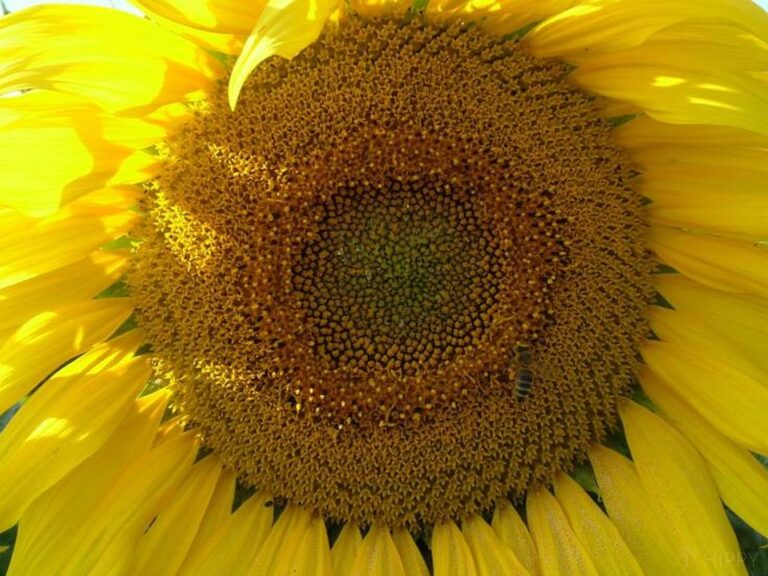
Sunflowers
Sunflowers tend to be tall, huge and absolutely magnificent when they bloom.
Whether you are growing them for decoration or for their seeds which are edible by humans and livestock alike, you’ve got to make sure these brilliant beauties get lots of nitrogen.
Sunflowers need tons of nitrogen so they can produce big, healthy leaves which will facilitate rapid growth of the plant, and also produce those massive, composite blooms that are so iconic.
But even more importantly, nitrogen ensures that their stems will be strong, straight and healthy- a lack of nitrogen will make it much easier for them to topple!
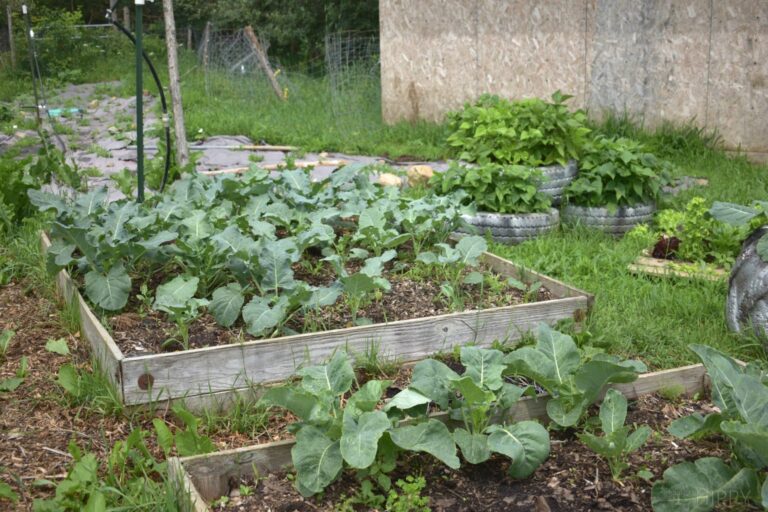
Broccoli
Another famous and fantastically nutritious vegetable, if not the most loved around the United States, the success of your broccoli plants is going to depend on getting it the right amount of nitrogen.
Broccoli depends on nitrogen in order to properly form those dense heads of florets and also to develop a good nutritional profile. A nitrogen imbalance in the soil is a leading cause of failure in these plants, so test before you plant.

Cilantro
What is bound to be the most divisive entry on this list, cilantro has legions of adoring fans and legions of sworn haters in equal measure.
Whether you think it tastes bright, floral and intriguing or whether you think it tastes like used motor oil, if you’re going to grow it for any purpose you’ve got to get it enough nitrogen to thrive.
Nitrogen is vital for the plant to develop tall stems and full leaves and also full flavor, assuming you like it. Make sure cilantro goes into soil that already has the right level of nitrogen and you’ll find that raising it to a suitable size for harvest is a lot easier.
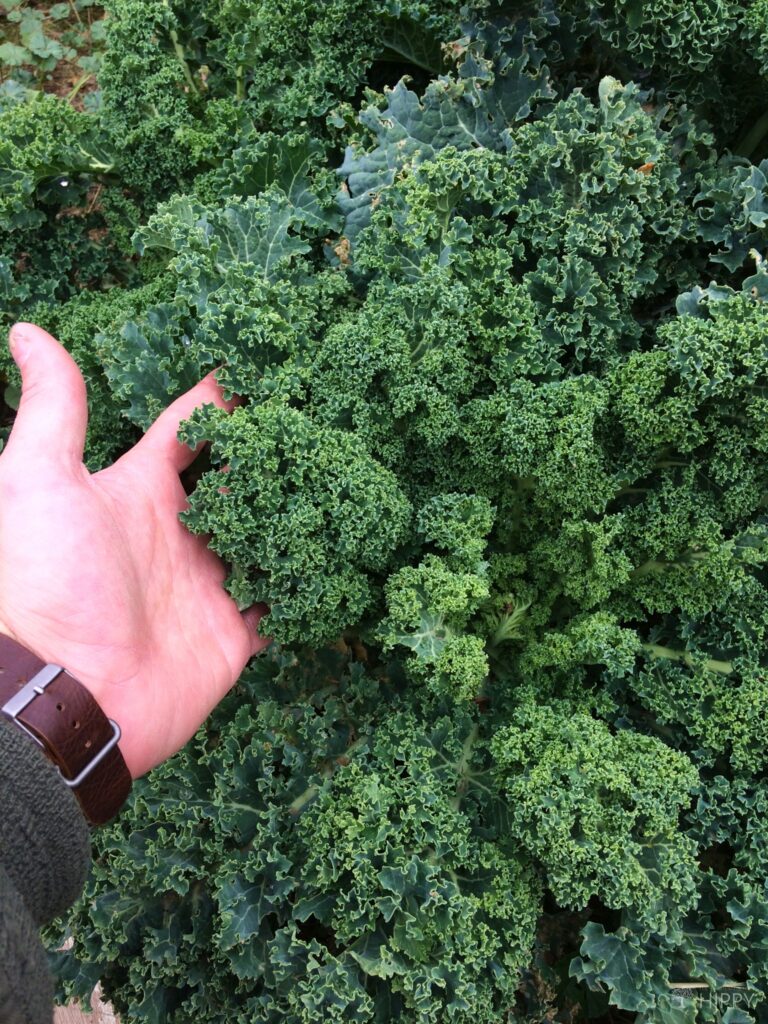
Kale
This leafy vegetable has been the darling of health food fanatics for going on 10 years now, and though I think there are other vegetables like spinach that are far tastier, it has its fans.
If you are one of them, know that your kale has to get high amounts of nitrogen in order to develop properly and develop a good nutritional profile.
Note that some varieties need more nitrogen than others, so check the specifics of your type before you apply. Giving your kale enough nitrogen ensures you’ll get big, beautiful emerald green heads.
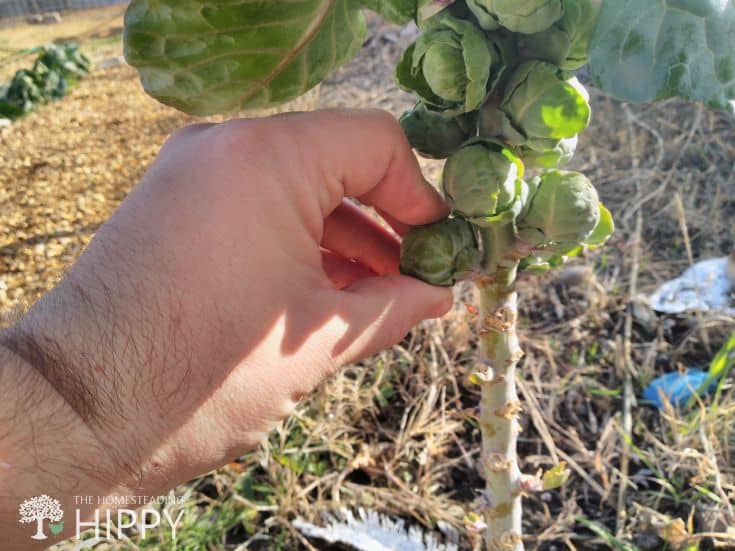
Brussels Sprouts
Even amateur gardeners know that most leafy or so-called salad vegetables need lots of nitrogen, but it’s easy to overlook that Brussels sprouts are basically clusters of tiny cabbages, and so they crave nitrogen the same as their larger cousins.
Brussels sprouts must have plenty of nitrogen to support tall growth and properly formed heads, the actual sprouts themselves that we eat. A lack of nitrogen will usually cause flimsy stalks or loose, malformed heads that aren’t very palatable.
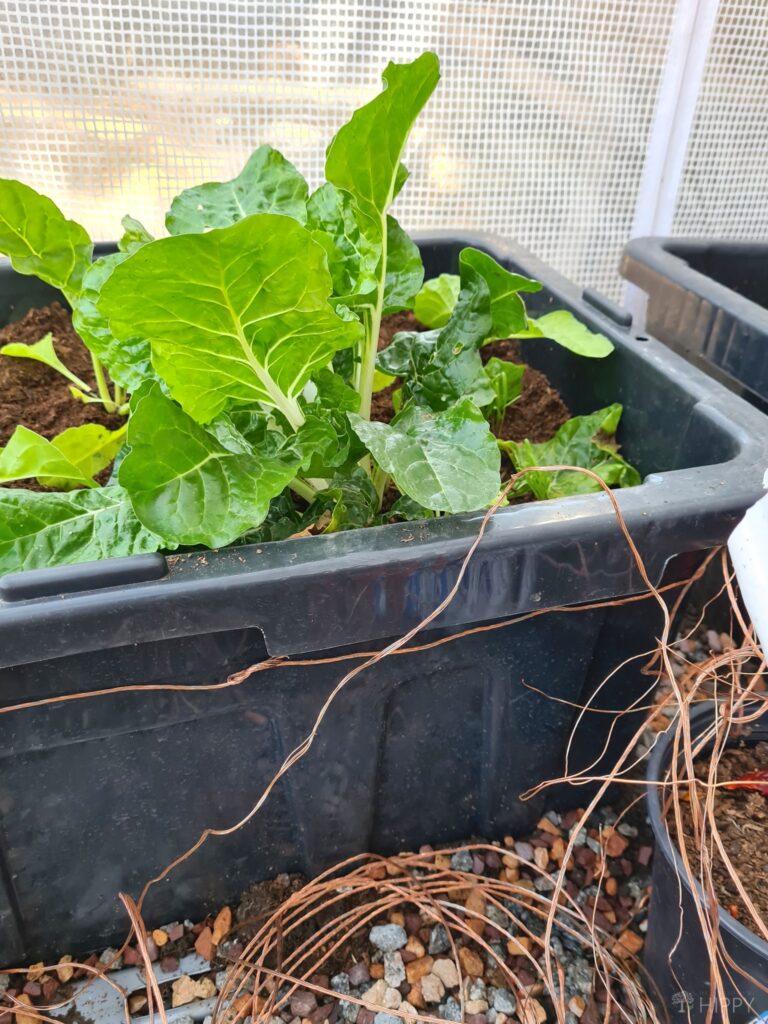
Spinach
Seems like every year there’s a new variety of some type of lettuce or cabbage that becomes the darling of health food junkies, but I’m telling you right now that spinach is here to stay.
Absolutely crammed with essential vitamins and minerals, and quite tasty when prepared properly, spinach needs loads of nitrogen so that it can produce enough chlorophyll to photosynthesize and grow properly. Generally, more nitrogen means better, bigger, and tastier spinach.
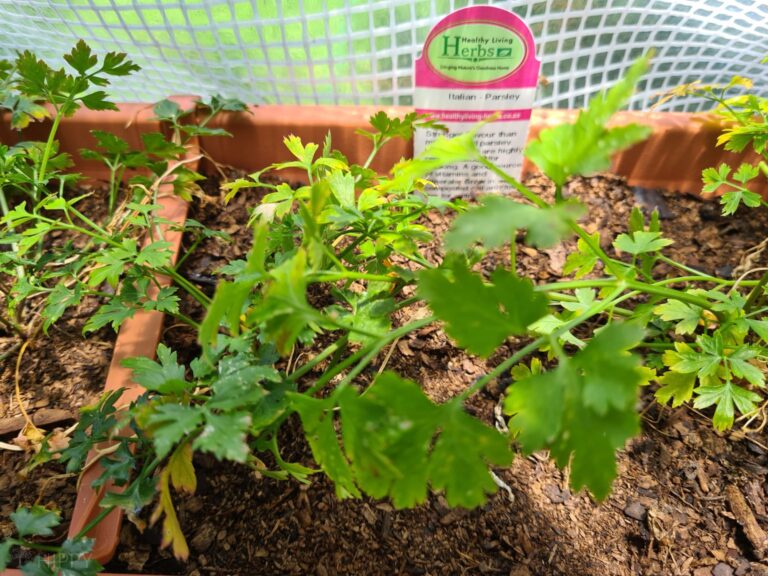
Parsley
Parsley is a remarkably healthy herb, one that has loads of vitamins and minerals that people need. In America, it’s commonly derided as merely a garnish but it’s a lot more than that!
Garden-grown parsley is surprisingly tasty and works wonderfully in salads and in other dishes, but you’ve got to get it lots of nitrogen in order for it to develop the full, tender leaves that it is famous for.
If your parsley is looking a little pale, it probably needs more nitrogen…
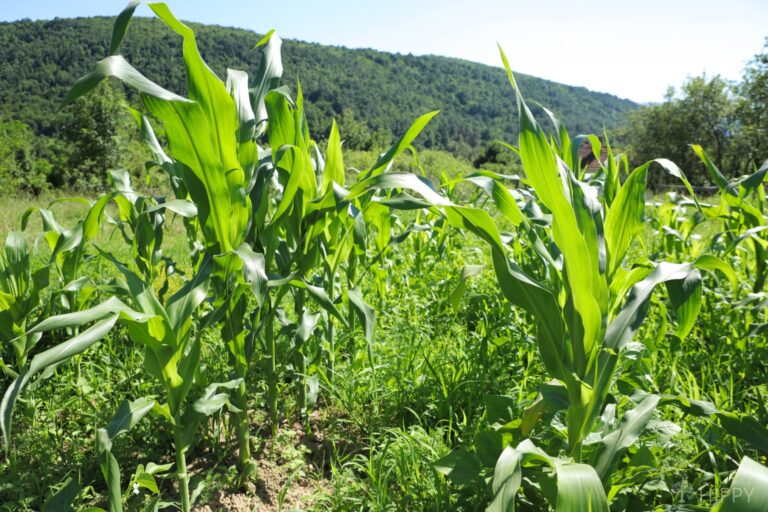
Corn
We take corn for granted in our meals because it’s so ubiquitous, but anyone who has grown it before knows that it is infamously fickle when it comes to nutrition. The nutrition it needs to grow, that is!
Most corn varieties need tons of nitrogen in order to produce full, well-formed and bountiful ears, and without it they will fail to produce the amino acids and proteins needed for proper growth.
My corn is also highly vulnerable to excess nitrogen, so you’ve got to test and retest your soil levels before you fertilize.
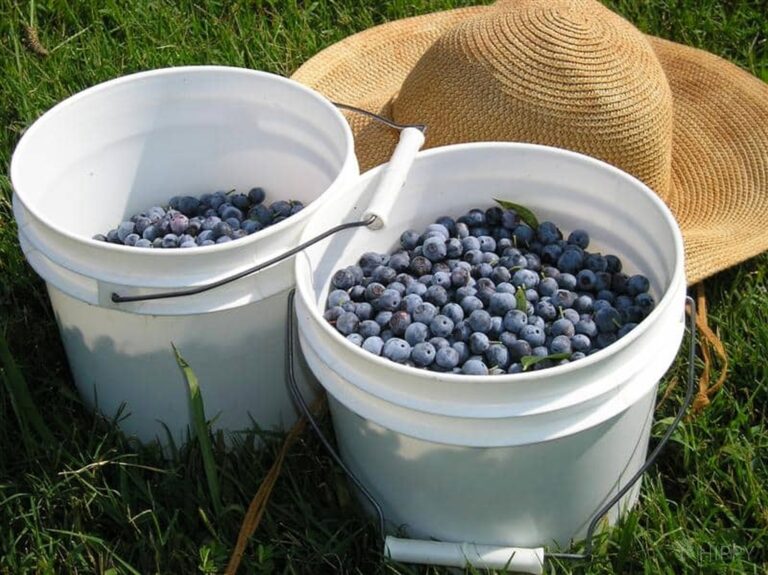
Blueberries
Blueberries are some of my very favorite berries, and judging by their perennial popularity, I think it is safe to say they are popular with lots of other gardeners too!
Blueberries depend on nitrogen to produce chlorophyll, various proteins and amino acids which are essential for growing leaves that will then fuel the growth of the plant and the berries.
It’s no exaggeration to say that nitrogen is directly linked to the quality of the blueberries you will harvest!
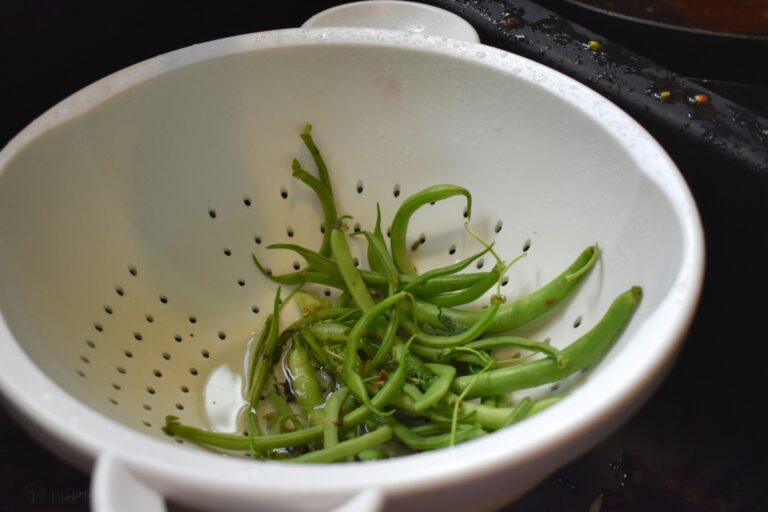
Beans
There’s a huge variety of bean species out there that you might grow in your garden, but one thing that most of them have in common is that they need plenty of nitro.
Beans are also known for adding nitrogen to the soil, but they still need it themselves in order to grow as well as they can. Don’t assume your beans can get by without it.
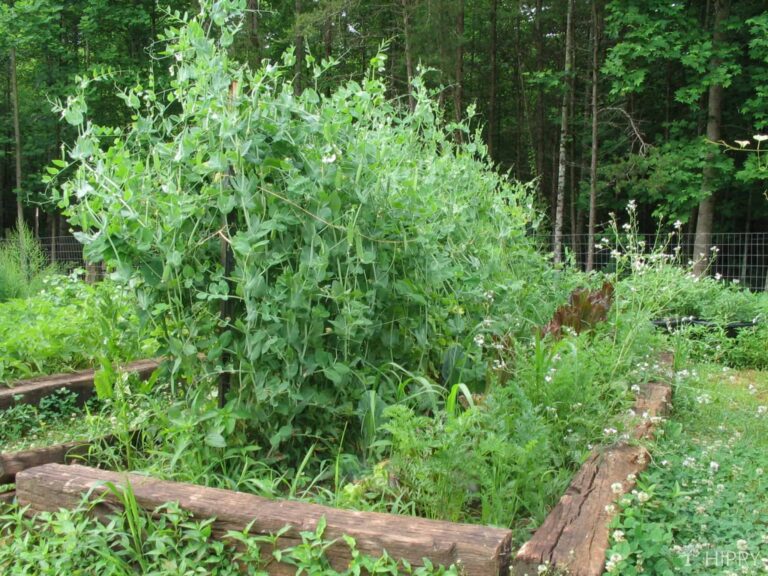
Peas
Peas are in the bean family, and like beans mentioned elsewhere, they need a good amount of nitrogen to produce sweet, delicious peas and crisp pods.
Peas need lots of nitrogen at all phases of development, as it is essential for all kinds of biological processes and the development of different proteins.
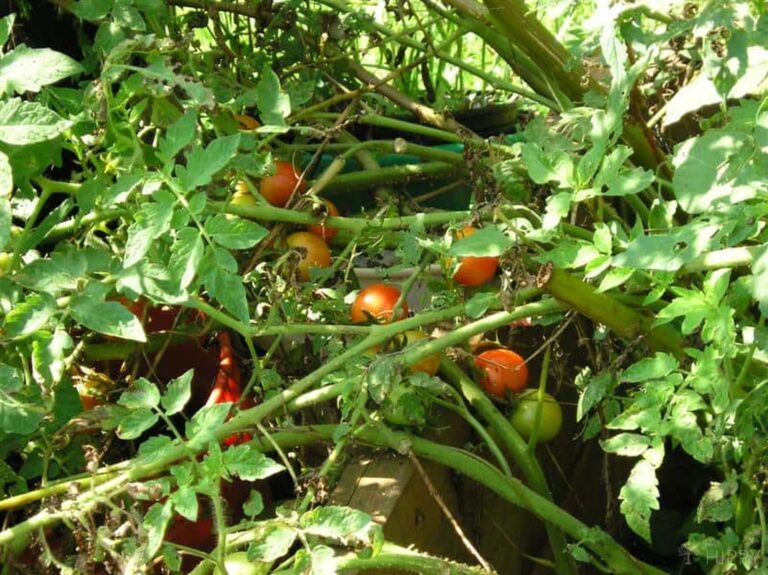
Tomatoes
I think every single gardener tries their hand at growing tomatoes at some point or another. It just seems to be the most stereotypical veggie to grow!
Anyway, tomatoes need plenty of nitrogen in order to properly start the formation of chlorophyll, but on the other hand, these veggies are also very vulnerable to too much nitrogen. This takes experience, testing and careful application to get right.
You can, though, give your tomato plants too much nitrogen and they still seem to be growing fine, but you’ll wind up with stunted, tangy or even sour fruit.
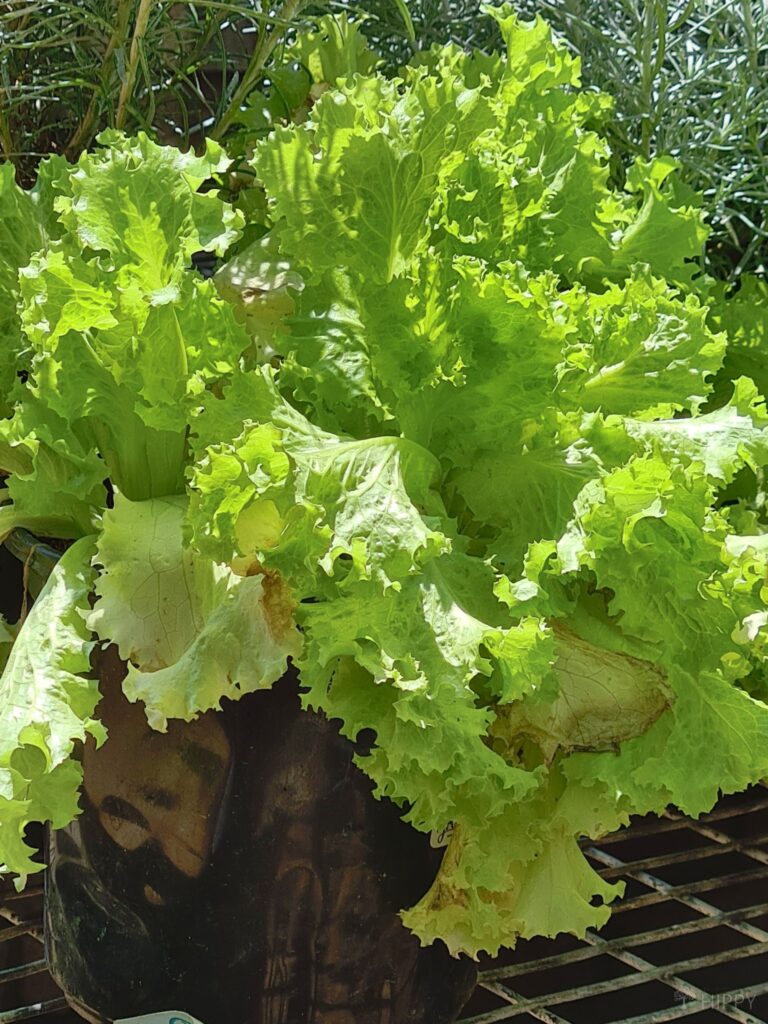
Lettuce
If there’s one type of vegetable that is synonymous with high nitrogen intake, it is the leafy, so-called salad vegetables. Lettuce varieties, all of them, need plenty of nitro if you want them to grow large, dark green and flavorful leaves.
Most types of lettuce tend to be highly tolerant of high nitrogen levels but it is still possible to apply too much, a condition that will result in the lettuce going to seed or turning bitter.
You know where this is going: test first and then retest before you apply later!
Strawberries
Another hugely popular berry, strawberries are among the most loved and versatile around. Keeping strawberries safe from pests is difficult, but giving them the nutrients they need is pretty easy as long as you keep an eye on nitrogen levels.
Strawberry plants need nitrogen to develop runners properly during initial growth in order to produce large, plump and sweet berries later on. A lack of nitrogen early on is often responsible for poor growth.

Cauliflower
Cauliflower can confuse some gardeners when it comes to nitrogen because it’s not thought of as a “green” veggie, but when it comes to nutritional requirements it’s definitely a green because it needs lots of it!
With enough nitro, your cauliflower will be a brilliant white or ivory color, crisp and nutritious. Without it, the heads will be loosely formed if they form at all, and almost entirely flavorless.
Avoid this unhappy outcome by testing soil levels for nitrogen and amending them before planting. Check again and add if necessary as you get closer to harvest.
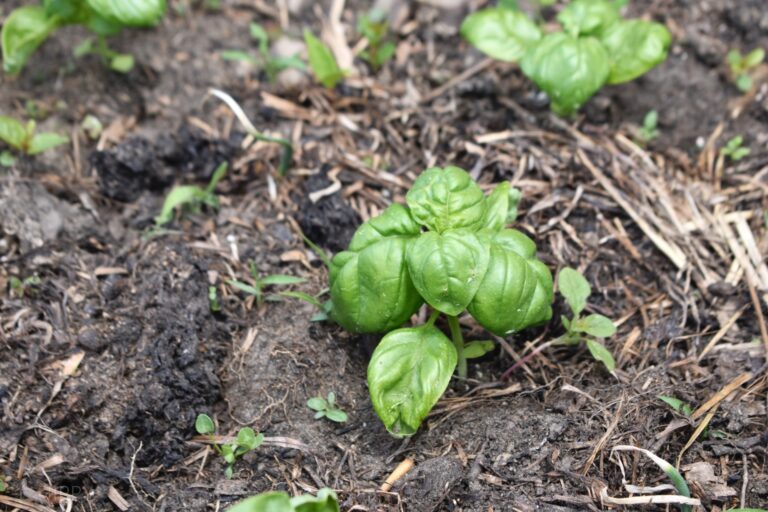
Basil
An incredibly popular and versatile kitchen herb, basil is a leafy plant that, as you might expect, needs a good amount of nitrogen to develop properly.
But, this plant is highly sensitive to nitrogen levels that are too high or too low, so sensitive that some folks use it as a sort of indicator for other nearby plants!
It might take time and care to get the nitrogen level just right for your basil, but when you give it just enough, you’ll be rewarded with a bountiful harvest of broad, sweet and tender leaves ready for any recipe you might desire.
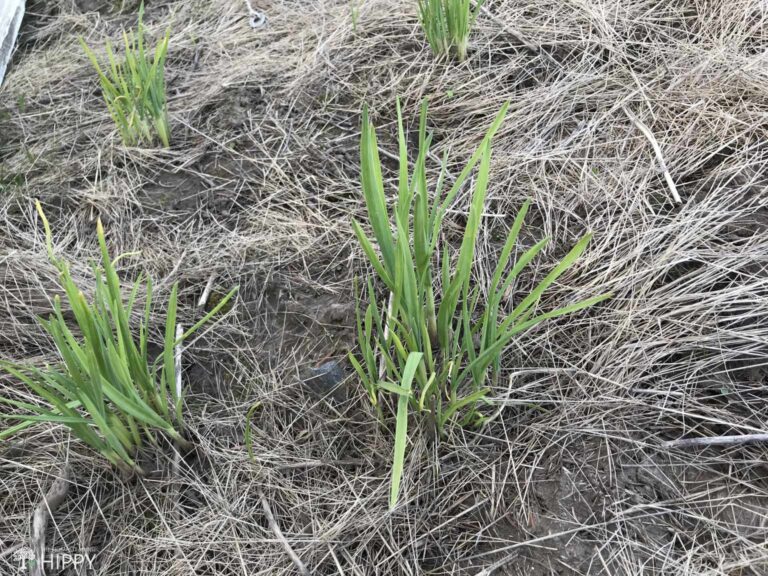
Garlic
There’s absolutely no substitute for garlic in the kitchen, and once you start growing your own you won’t go back to the dry and desiccated store-bought bulbs.
But if you want delicious, savory garlic you’ve got to give it plenty of nitrogen. If the plant doesn’t get enough nitrogen the bulbs will not develop properly and will lack the intense, indescribable flavor that we all covet.
However, this takes a skilled hand and you must test the soil: excess nitrogen will easily damage the leaves of the plant and stunt the growth of the garlic.
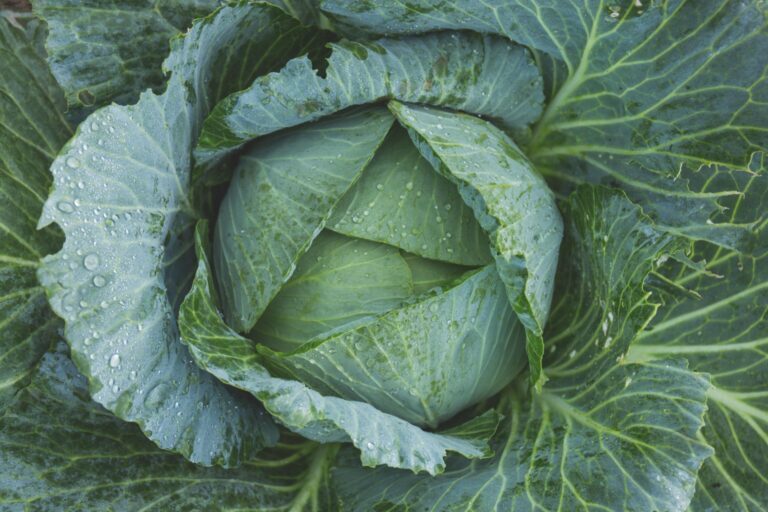
Cabbage
Crispy, tasty cabbage is one of the most versatile and most used vegetables in different cuisines all over the world. But what every recipe that calls for cabbage has in common is a need for firm, crispy and flavorful cabbage.
If that sounds like what you want, you’ve got to make sure you give it enough nitrogen, and in my view, this is one plant that benefits from regular testing; some varieties really gobble the stuff up and you might need to add more well prior to harvest.
Bok Choy
Bok choy is a leafy veggie that’s similar and related to but distinct from cabbage. One thing that both vegetables have in common is that they hunger for nitrogen and need plenty of it in order to develop fully formed, crisp leaves.
Bok choy also has a distinctive, tangy or peppery flavor profile that is dependent on nitrogen, so if you don’t give your plants enough even if they seem healthy they might come out bland in a little tasteless.
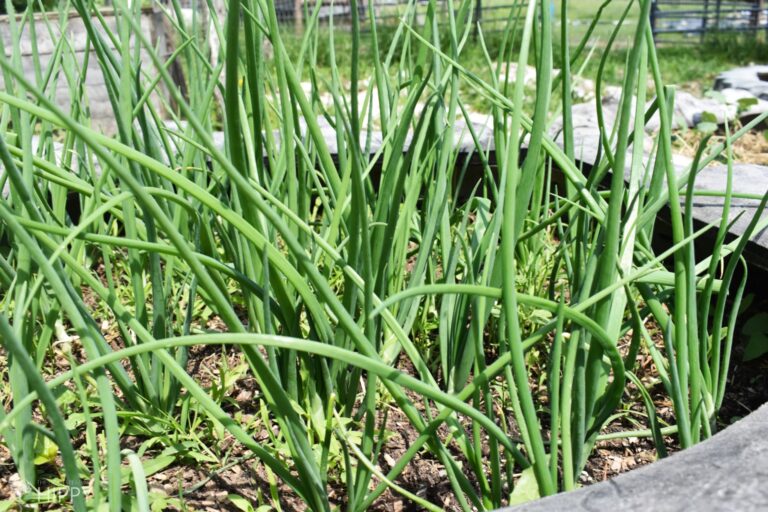
Onions
Onions, or rather the part of the onion plant that we eat in the form of the bulb, needs nitrogen indirectly in order to develop properly and attain a good size.
Without nitrogen, onions can’t form the leaves that feed the growth of the bulb, so you’ve got to make sure they get enough to develop properly and quickly, but not so much that the leaves get roasted and wither.
As usual, I highly recommend checking soil levels before you plant and adding to them ahead of time if needed; this is a better recipe for success compared to planting and then amending during growth.
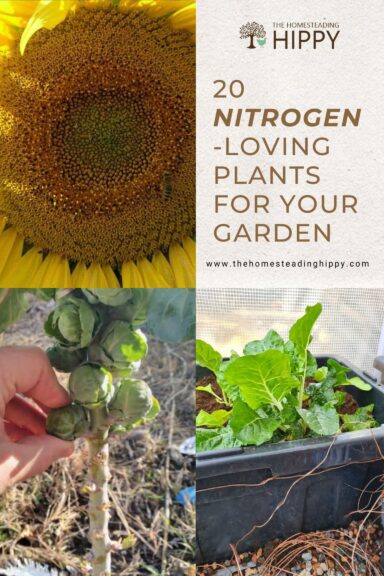
Tim is a farm boy with vast experience on homesteads, and with survival and prepping. He lives a self-reliant lifestyle along with his aging mother in a quiet and very conservative little town in Ohio. He teaches folks about security, prepping and self-sufficiency not just through his witty writing, but also in person.
Find out more about Tim and the rest of the crew here.
